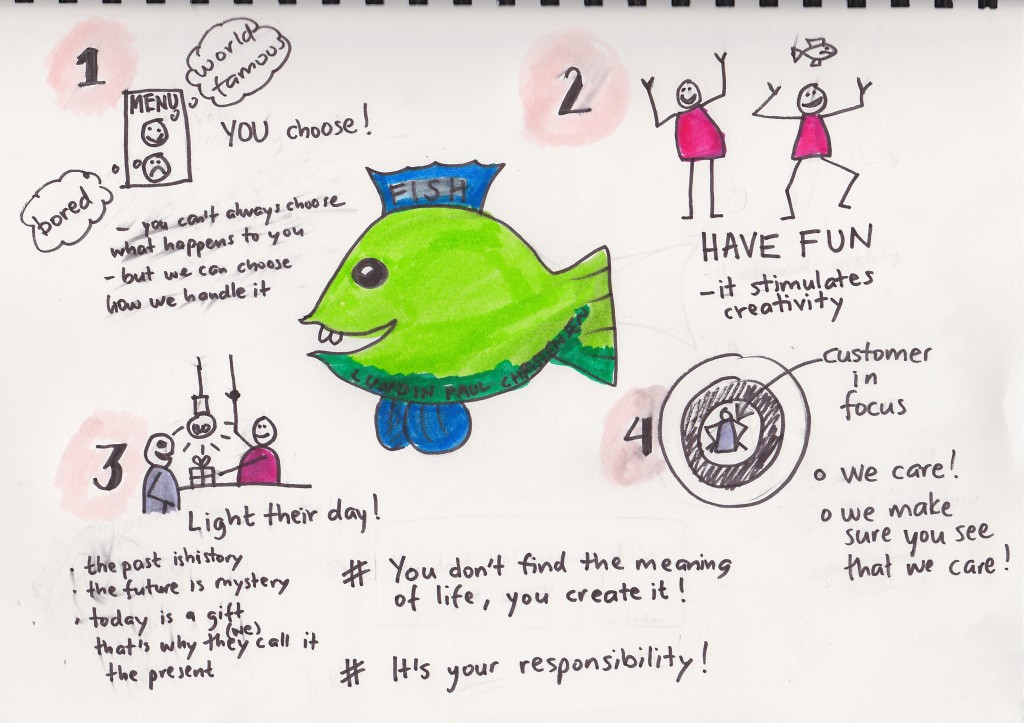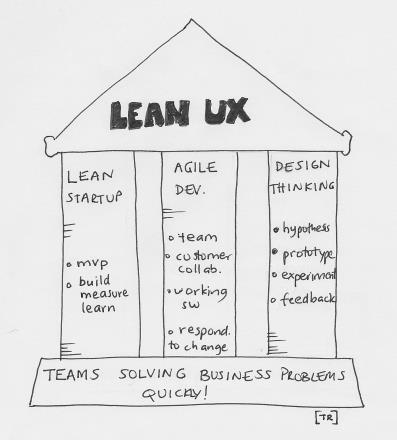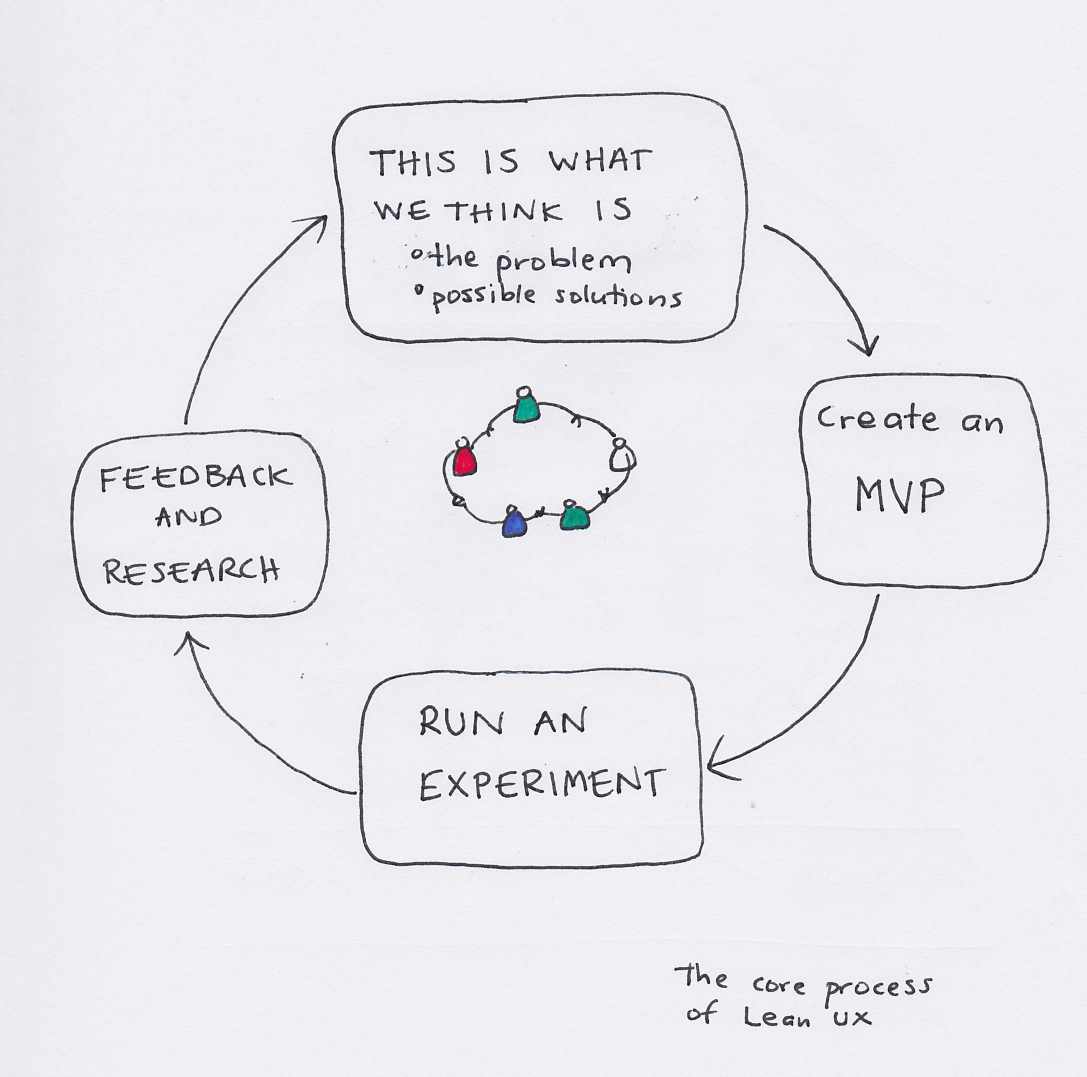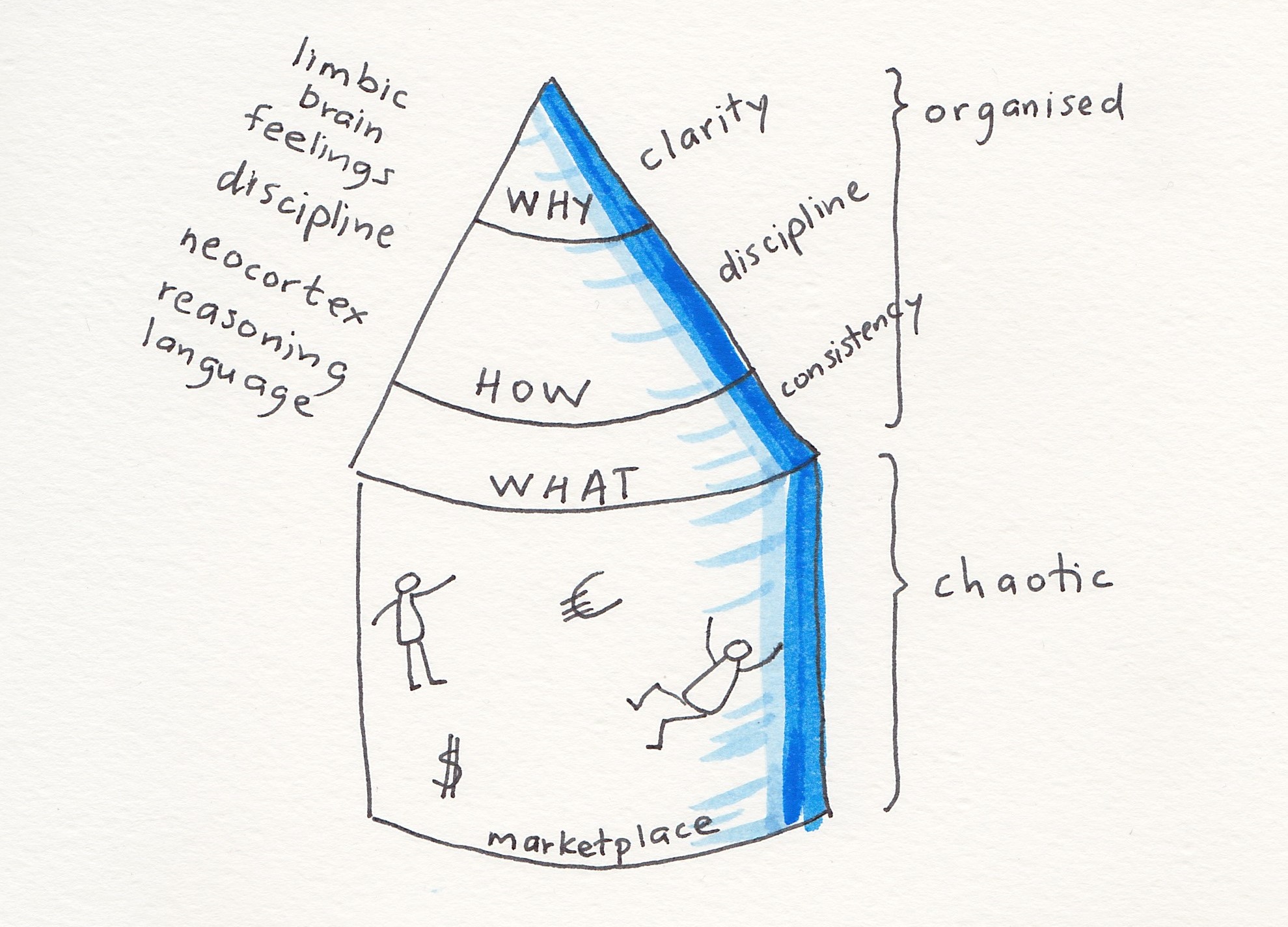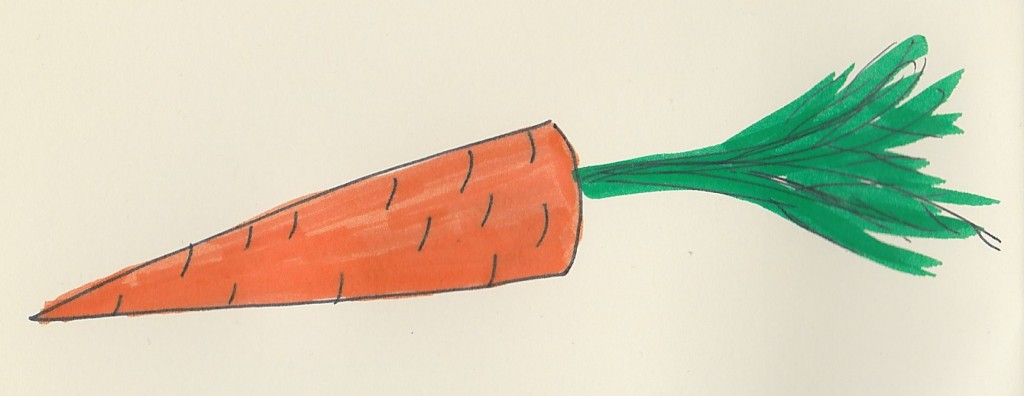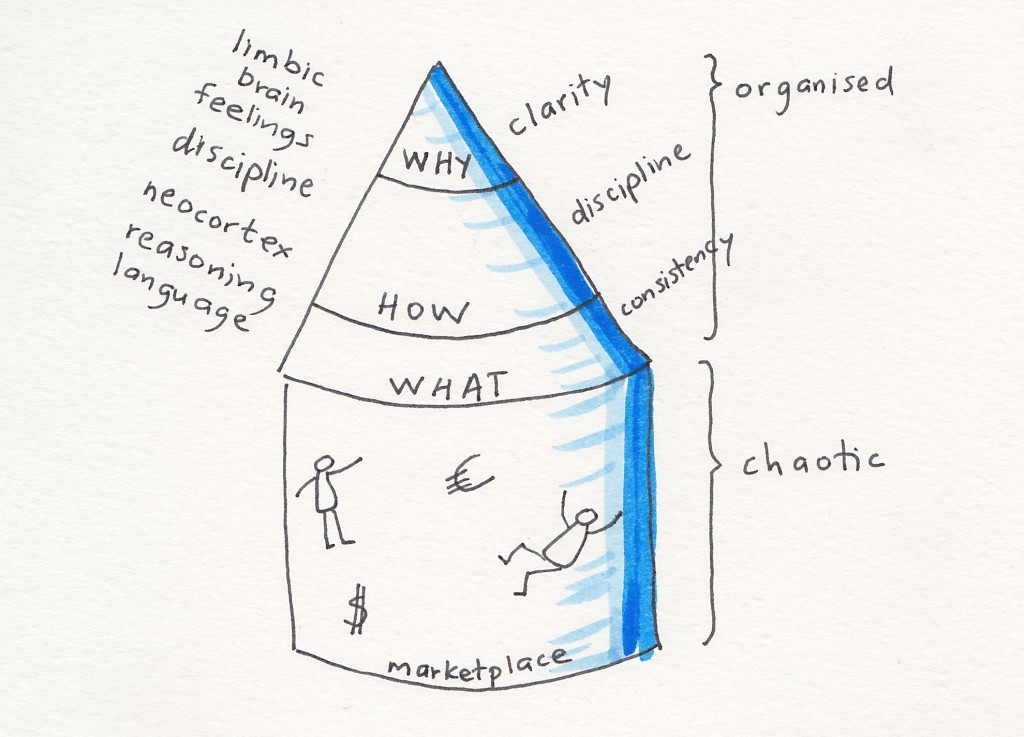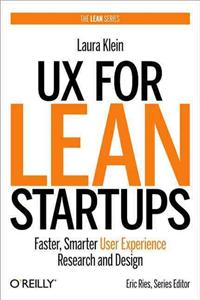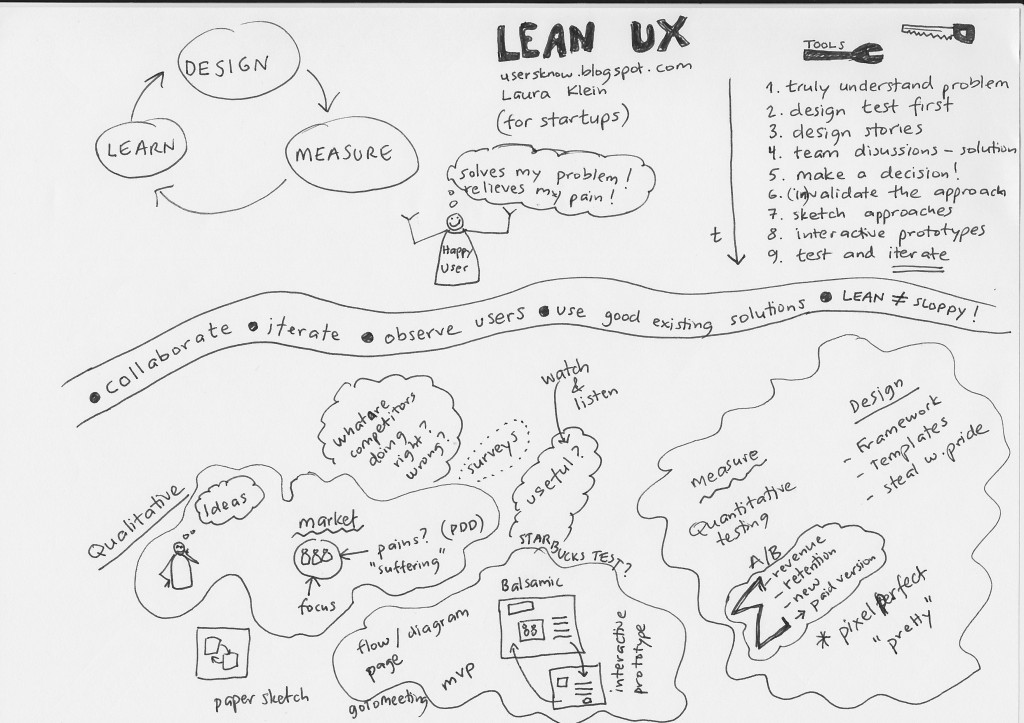Just finshed reading another great book. This time the famous piece Outliers by Malcolm Gladwell.
An outlier is defined as
1. something that is situated away from or is classed differently from a main or related body
2. a statistical observation that is markedly different in value from the others of the sample
Why do some people achieve so much more than other? Malcolm has done extensive research on the subject, there are ample references in the book.
It is often said that behaind every great man there is a great woman, if we generalize it more it is true that no man/woman make it all on their own. Support from family, friends, business partners or others are nescessary in order to have the energy to keep going.
Another important factor is timing. Beeing born in january means you have an advantage when junior sports teams are picked, that advantage means you are a bit better than the people born later the same year. Given that extra advantage you get picked and thus have oppurtunity to increase that differnce since you get more practice time and better coaching. It is a self-fulfilling prophesy!
You cerainly have an advantage if yu have talent, but you only go so far using only that. Talent helps you getting selected but then there are others that are equally talented. If you have a really low IQ yuo do have a disadvantage, however if you have enough brains to score above 115 it stops making that much of a difference. You just have to be good enough!
High IQ will not help you if you totally lack the social skills to communicate with the rest of the world. There are lots of tales told about really smart (high IQ) people that do not make it! Growing up in a supportive environment, given the chance to develop and beeing encouraged to trying things will give you a significant advantage.
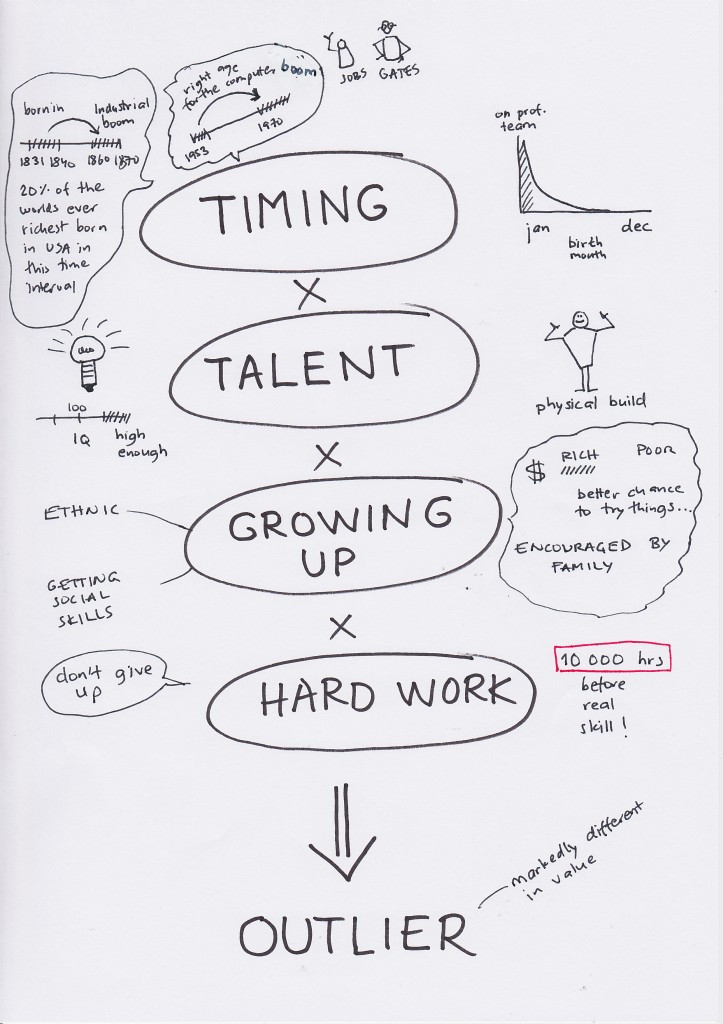
But I am a self-made man. Sorry but that seems to be only one part of the equation. If you have some luck beeing born at the right time in the right family and several things coincide to give you an opportunity and then you DO take hat opportunity and work hard - THEN you are destined to make it big. Because without hard work, I mean really hard, you are destined to become just average.
Hard work is however a crucial part of becoming an outlier. Far from all hard working people succeed but it would be pretty safe to say that those that DO succeed all have worked really hard. If you put 10 000 hours into what you do - you will eventually become really good at what you do!
Actually this last part is where I lack some additional research. What about the quality of those 10 000 hours? The importance of getting instructions and feedback? Well, maybe that is the content of future book.
In all, this is a joy to read, could hardly put the book down until it was finished. it seem to be thoroughly researched and I DO like it when somebody questions what people think is common knowledge when there turns out to be a different explanation. I am more inspired than ever tu burn down my 10 000 hours in visual problem solving! Waiting for David and Goliat to arrive in my mailbox shortly.

